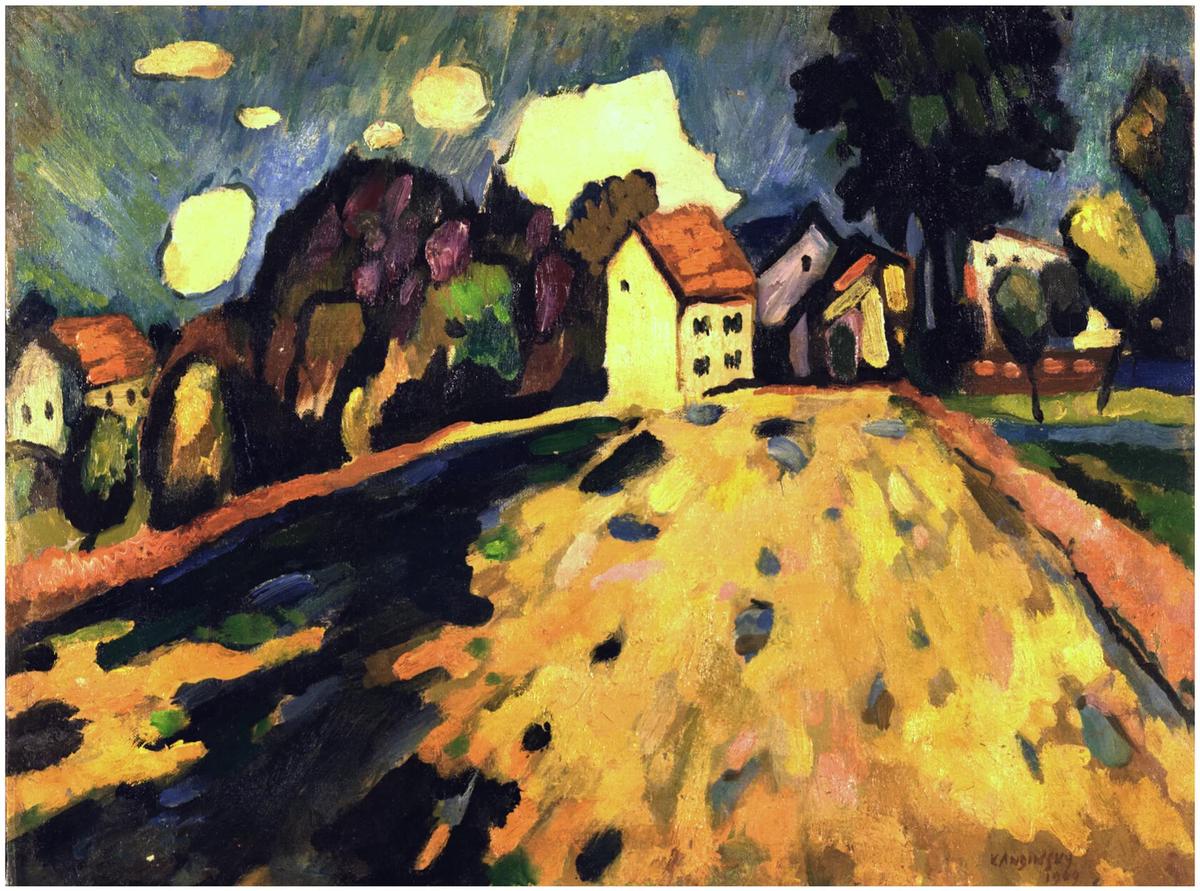A new Russian website known as Art For Victory, which belongs to an organisation known as Terricon Project, is supporting the Russian war in Ukraine by selling works of art, a number of which appear to be fakes.
A statement posted on the website explains that "after the imposition of sanctions on Russia, all available resources, [...] were disabled. However, there is one available resource: cryptocurrency. Using it, the Russian diaspora can help its people."
The website also provides a vague description of who is behind the project: "A vast Russian community, which includes various people from the veterans and members of militias to crypto-investors; IT specialists from the sunny valleys of California to workers from the vast northern expanses."
This "vast Russian community" is using the website to sell a number of NFTs, including images of coats of arms of Ukrainian cities, such as Odesa and Donetsk, a city in the east of the country that is currently being shelled by Russian forces. According to the founders of the Terricon Project, all these Ukraininan cities belong to "Novorossia" (New Russia). These NFTs have failed to attract the attention of Putin's supporters, with no bids by time of publication.
Offered alongside the NFTs is the painting Murnau. House on the Hill, attributed to Wassily Kandinsky by Terricon Project. The work allegedly dates to 1909 and is estimated at €8m to €10m. However its proof of the authenticity of the work elicits reasonable doubt.
The painting—on sale "to help Donbas"—is supplied with certificates of authenticity issued by the Department of Expertise of the Tretyakov Gallery. But in 2008, the Tretyakov Gallery conducted an internal investigation of its collection and found that 96 fake paintings had certificates issued by the museum. In 2016 the Department of Expertise was disbanded.
Valery Turchin, a Russian art historian who certified a fake painting by Kandinsky that was confiscated in 2011 by Italian police, reproduced the canvas in his book Kandinsky in Russia, published in 2005. The book provoked a scandal and the sharp criticism of the Kandinsky Society. Unsurprisingly, the landscape of Murnau is not included in the catalogue raisonné of the artist.
According to the Terricon Project, Sotheby's has estimated the canvas at €10m. However, a Sotheby's spokesperson tells The Art Newspaper that the auction house "does not confirm estimates for artworks without first inspecting them in person, and establishing their authenticity". The auction house is now in the process of requesting the reference be removed from the Russian website.


